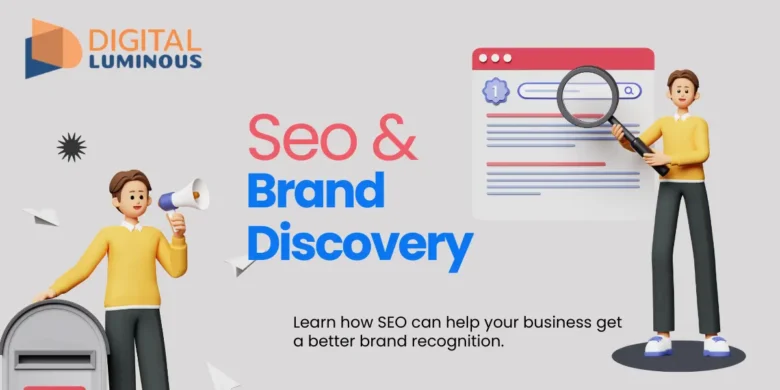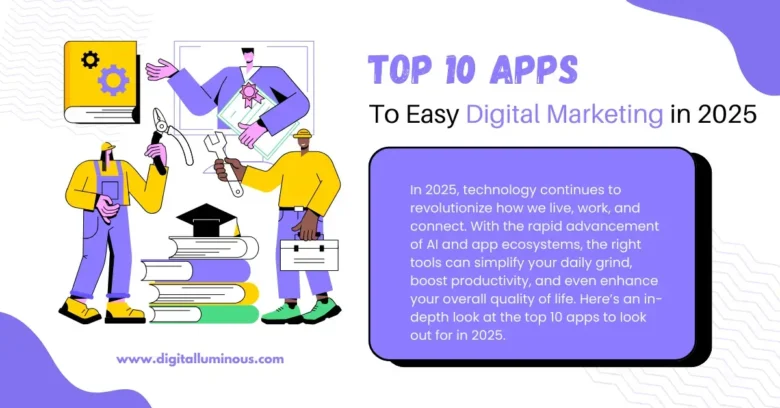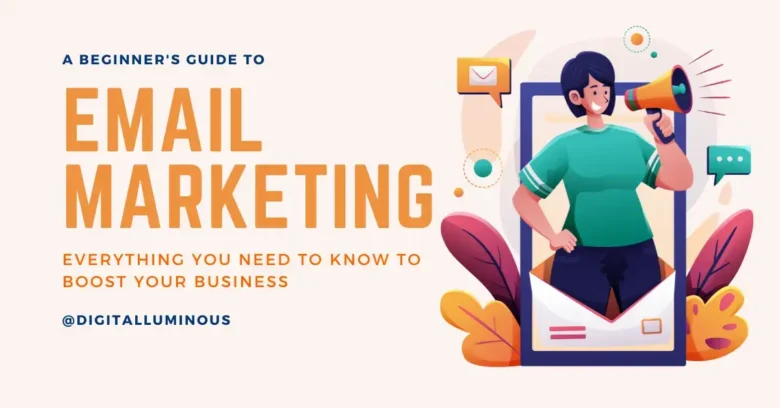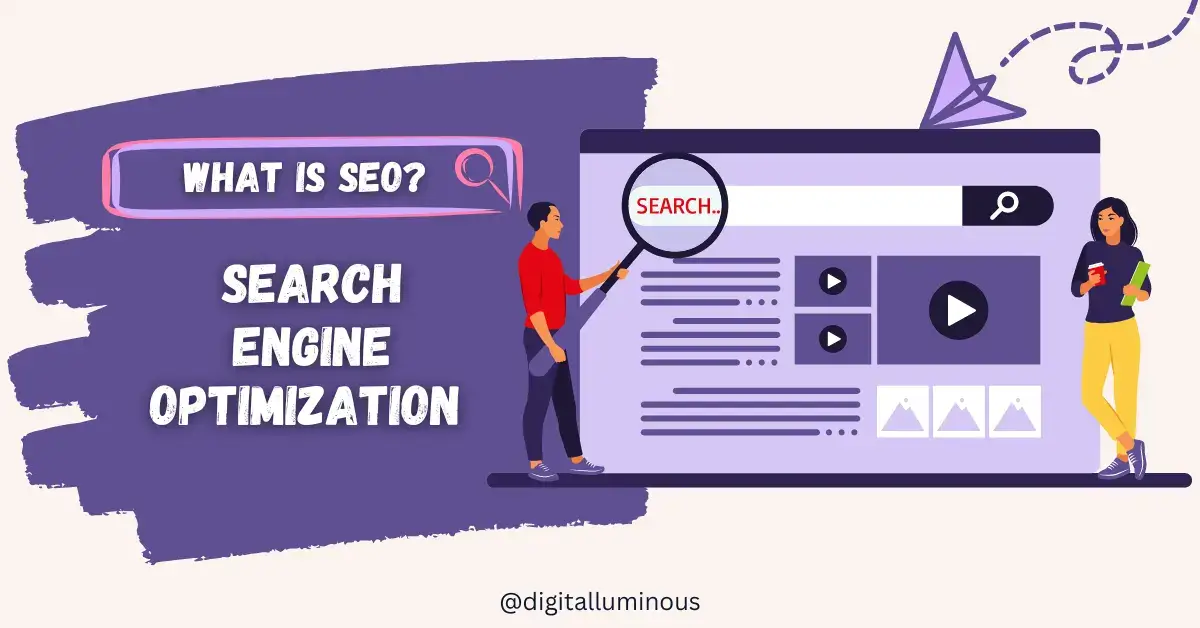
In today’s digital world, simply having a website isn’t sufficient for success. Your online presence must be more than just a placeholder; it needs to be easily discoverable by those actively seeking the products, services, or information you offer. This is where Search Engine Optimization (SEO) plays a pivotal role.
What is SEO and Why Does it Matter?
Search Engine Optimization is the process of optimizing your website to rank higher in search engine results pages (SERPs) for relevant keywords.
As you delve into the world of SEO, you’ll encounter new terms. Here’s a quick breakdown:
- SERPs (Search Engine Results Pages): These are the pages displayed by search engines like Google when a user enters a query.
- Crawlability: This refers to how easily search engines can access and index your website’s content.
- Keywords: These are the words and phrases people use when searching for information online.
For example, if you have a pet grooming business in New York, you want your website to appear when someone searches for "pet grooming services in New York." By ranking higher in search results, you attract more organic traffic, which can lead to increased sales and revenue.
The Main Components of Search Engine Optimization
There are four main components of SEO, on-page optimization, off-page strategies, local optimization, and technical enhancements.

On-page SEO:
On-page SEO focuses on optimizing individual web pages to rank higher in search results. This includes:
- Keyword Research: Use tools like Google Keyword Planner to find relevant keywords for your content.
For example, if you’re writing a blog post about “best pet grooming tips for US readers,” you might target keywords like “pet grooming techniques” or “DIY pet grooming.
- Content Optimization: Create high-quality, informative content that incorporates your target keywords naturally.
For example, include your target keywords in the title, headings, and throughout the body of your content.
- Meta Tags: Write compelling title tags and meta descriptions that accurately describe your content and entice users to click.
For example, a good meta description for a pet grooming blog post might be: “Discover the top pet grooming tips to keep your furry friend looking their best across USA. Learn expert techniques and DIY tricks for a happy, healthy pet.
- Internal Linking: Link to other relevant pages on your website to improve navigation and boost SEO.
For example, if you mention a specific grooming product in your blog post, link to the product page where users can learn more or make a purchase.
Off-page SEO:
Off-page SEO involves building authority and credibility for your website through external factors. This includes:
- Link Building: Earn backlinks from reputable websites in your industry to improve your website’s authority.
For example, if you’re mentioned as a trusted source in a popular pet grooming magazine or featured on a reputable pet care website in USA, you’ll earn valuable backlinks that signal to search engines that your website is trustworthy and valuable
- Social Media Marketing: Share your content on social media platforms to increase visibility and attract more traffic.
For example, you might share your latest blog post on Facebook, Twitter, Instagram, Thread, Quora, Reddit, and Pinterest to reach a wider audience and encourage social sharing.
- Online Reputation Management: Monitor and manage your online reviews and brand mentions to maintain a positive reputation.
For example, respond promptly to customer reviews, address any negative feedback or complaints, and actively engage with your audience on social media to build trust and credibility.
Local SEO:
Local SEO is crucial for businesses with physical locations. This includes:
- Google My Business Optimization: Claim and optimize your Google My Business listing with accurate information and customer reviews.
For example, ensure your business name, address, and phone number are consistent across all online directories and listings, and encourage satisfied customers to leave positive reviews.
- Local Citations: Ensure your business information is consistent across online directories and local listings.
For example, make sure your business name, address, and phone number are accurate and up-to-date on sites like Yelp, YellowPages, and Angie’s List.
- Localized Content: Create content tailored to your local audience, such as blog posts about community events, promotions, or special offers.
- For example, if you’re running a special promotion on pet grooming services for National Pet Month in USA then create a blog post or social media campaign to promote the offer to your local audience.
Technical SEO:
Technical SEO focuses on the technical aspects of your website that affect search engine visibility. This includes:
- Website Speed Optimization: Improve page load times to provide a better user experience.
For example, optimize images, minify CSS and JavaScript files, and leverage browser caching to reduce load times and improve website performance.
- Mobile Responsiveness: Ensure your website is optimized for mobile devices, as Google prioritizes mobile-friendly websites.
For example, use responsive design techniques to ensure your website looks and performs well on smartphones and tablets, and test your website across different devices and screen sizes to identify and fix any issues.
- Site Structure and Navigation: Organize your website’s content logically with clear navigation menus and internal linking.
For example, use descriptive anchor text for your internal links, and organize your website’s content into categories and subcategories to make it easy for users and search engines to find and navigate your site.
- Schema Markup: Use schema markup to provide additional context and information to search engines.
For example, use schema markup to mark up your business address, phone number, and hours of operation to enhance your local SEO efforts, or use schema markup to mark up your products and services to improve visibility in search results.
Mobile SEO:
Mobile SEO focuses on optimizing your website for mobile devices to ensure it performs well and provides a great user experience. This is crucial because a significant portion of web traffic comes from mobile devices, and search engines prioritize mobile-friendly websites.
- Responsive Design: Responsive design is the foundation of mobile SEO. It ensures your website adapts to various screen sizes and provides an optimal viewing experience.
Example: Use CSS media queries to adjust the layout and design elements for different devices. For instance, a multi-column layout on a desktop might become a single-column layout on a mobile device.
- Mobile-Friendly Content: Creating content that is easy to read and interact with on mobile devices is essential.
Example: Use shorter paragraphs, larger fonts, and clickable buttons that are easy to tap. If you’re writing a blog post about “best skincare routines for busy moms,” ensure the text is concise, and include clear, tappable call-to-action buttons like “Shop Now” or “Read More.”
- Page Speed Optimization: Mobile users expect fast load times, so optimizing page speed is crucial.
Example: Compress images, minify CSS and JavaScript files, and use a content delivery network (CDN) to speed up content delivery. If your site features high-quality images of fashion items, ensure these images are optimized for quick loading without sacrificing quality.
- Mobile Usability: Ensure your website is user-friendly on mobile devices, with easy navigation and interaction.
Example: Use large, easy-to-click buttons and ensure forms are simple to fill out. For an electronics e-commerce site, make sure the “Add to Cart” button is prominent and easy to tap.
- Mobile-Specific Meta Tags: Use mobile-specific meta tags to control how your site appears on mobile devices.
Example: Implement the viewport meta tag to ensure your website scales correctly on different devices. For a blog post about “top home decor trends,” the meta tag might look like this: <meta name=”viewport” content=”width=device-width, initial-scale=1.0″>.
- Accelerated Mobile Pages (AMP): AMP is a framework that creates fast-loading mobile pages.
Example: Create AMP versions of your content to improve load times and user experience. For a product review page on the latest kids’ toys, the AMP version would load instantly, providing a seamless user experience.
- Mobile-Specific Schema Markup: Use schema markup to enhance how your website appears in mobile search results.
Example: Add schema markup for reviews and ratings on a product page to make it more appealing in search results. If you’re reviewing the best hair dryers, include ratings and review snippets using schema markup to stand out in mobile search results.
SEO Tools and Software to Measure the success for SEO efforts
There are many tools and software options available to help streamline your Search Engine Optimization efforts. Some popular choices include:
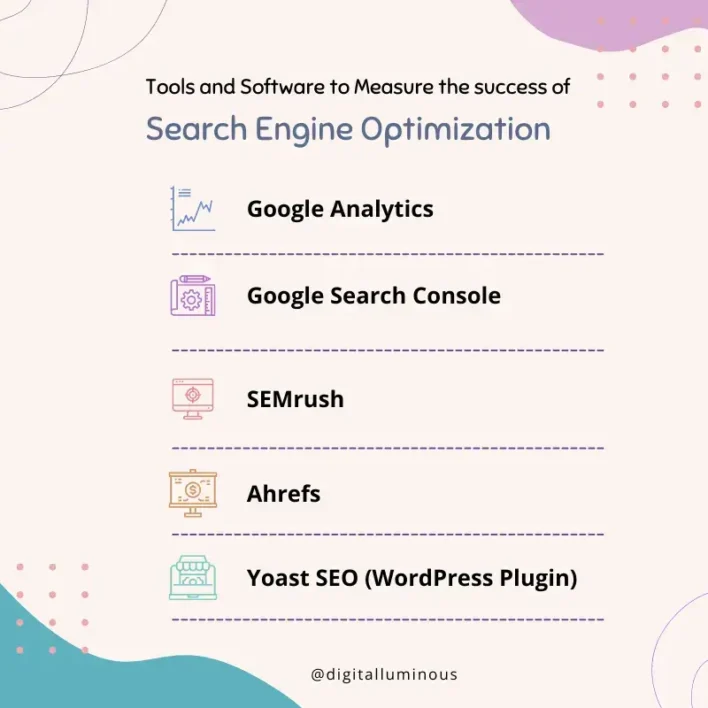
- Google Analytics: Provides insights into website traffic, user behavior, and conversion tracking.
For example, use Google Analytics to track the performance of your SEO campaigns, identify opportunities for improvement, and measure the impact of your efforts on website traffic and conversions.
- Google Search Console: Offers data on website performance in Google search results, including indexing issues, keyword rankings, and click-through rates.
For example, use Google Search Console to monitor your website’s search performance, identify crawl errors and indexing issues, and submit sitemaps to ensure your content is properly indexed by Google.
- SEMrush: Offers a suite of SEO tools for keyword research, competitive analysis, backlink analysis, and site auditing.
For example, use SEMrush to identify high-volume keywords in your niche, analyze your competitors’ SEO strategies, and track your website’s search engine rankings over time.
- Ahrefs: Provides comprehensive backlink analysis, keyword research, and site auditing capabilities.
For example, use Ahrefs to identify opportunities for link building, analyze your competitors’ backlink profiles, and audit your website for technical SEO issues.
- Moz: Offers SEO analytics, keyword research, link building, and rank tracking tools.
For example, use Moz’s Keyword Explorer tool to discover new keyword opportunities, analyze keyword difficulty and search volume, and prioritize your keyword targeting efforts.
- Yoast SEO (WordPress Plugin): Helps optimize on-page SEO elements, including meta tags, readability, and XML sitemap generation.
For example, use Yoast SEO to optimize your blog posts and web pages for target keywords, improve readability and user experience, and generate XML sitemaps to help search engines crawl and index your content.
SEO: Then, Now, and Beyond - A Comprehensive Look at the Past and Future

Then: SEO has come a long way since its inception in the 1990s, when strategies like keyword stuffing and meta tag manipulation dominated the landscape.
Back then, websites focused solely on cramming as many keywords as possible into their content, regardless of relevance to the user.
Now: Fast forward to today, and the future of SEO looks vastly different.
With advancements like Google’s algorithms, which prioritizes backlinks as indicators of authority, the focus has shifted towards providing valuable content that resonates with users.
Beyond: Looking ahead, emerging trends and technological innovations are shaping the SEO landscape in exciting ways.
AI-driven algorithms such as Google’s RankBrain are revolutionizing how search engines interpret user intent, while voice search platforms like Amazon Alexa and Google Assistant are changing how users interact with the web.
Conclusion
In this evolving environment, optimizing content for voice queries and ensuring mobile-friendliness have become essential strategies.
As mobile-first indexing becomes the norm, the importance of seamless experiences across devices cannot be overstated.
Adapting to these changes requires a flexible approach to SEO that prioritizes user experience and embraces innovative techniques.
By staying informed and implementing these strategies, you can enhance your website’s visibility and attract more organic traffic in the ever-evolving digital landscape
FAQs
SEO stands for Search Engine Optimization. It refers to the process of improving your website’s visibility in search engine results pages (SERPs) to attract more organic (unpaid) traffic.
SEO is essential because it helps your website rank higher in search engine results, making it more likely to be seen by people searching for information, products, or services related to your business.
Search engines use complex algorithms to analyze websites and determine their relevance to specific search queries. SEO involves optimizing your website’s content, structure, and other factors to align with these algorithms and improve your chances of ranking higher in search results.
Investing in SEO can lead to numerous benefits for your business, including increased website traffic, higher search rankings, improved brand visibility and credibility, and greater opportunities for lead generation and conversions. Overall, SEO can help you grow your online presence and reach your target audience more effectively.
The timeline for seeing results from SEO can vary depending on factors like the competitiveness of your industry, the quality of your content, and the effectiveness of your SEO strategies. Generally, it can take several weeks to several months to start seeing significant improvements in search rankings.
While some aspects of SEO can be done yourself with the right knowledge and tools, it can be complex and time-consuming. Hiring a professional SEO expert or agency can help ensure that your website is properly optimized for search engines and maximize your chances of success.
Businesses can adapt by focusing on providing valuable content that aligns with user intent, optimizing for voice search and mobile devices, and embracing AI-powered tools for keyword research and content optimization.
Organic search results are listings that appear naturally in search engine results based on their relevance to the user’s query. Paid search results, on the other hand, are advertisements that appear at the top or bottom of the search results page and are marked as “sponsored” or “ad.”
Common SEO mistakes include keyword stuffing, using irrelevant keywords, neglecting mobile optimization, ignoring user experience, and failing to create high-quality content. Avoiding these mistakes and following best practices can help improve your SEO efforts.
There are various tools available, such as Google Analytics and Google Search Console, that can help you track the performance of your SEO efforts. These tools provide valuable insights into metrics like organic traffic, keyword rankings, and user behavior, allowing you to measure the effectiveness of your SEO strategies.
Future trends in SEO include the rise of voice search, the importance of user experience, the impact of artificial intelligence on search algorithms, and the increasing emphasis on mobile optimization. Staying informed about these trends can help you adapt your SEO strategies accordingly.
There are many online resources, courses, and communities dedicated to teaching SEO best practices and keeping professionals informed about the latest trends. Following reputable SEO blogs, attending webinars, and joining SEO forums can help you stay up-to-date on the ever-changing world of SEO.
